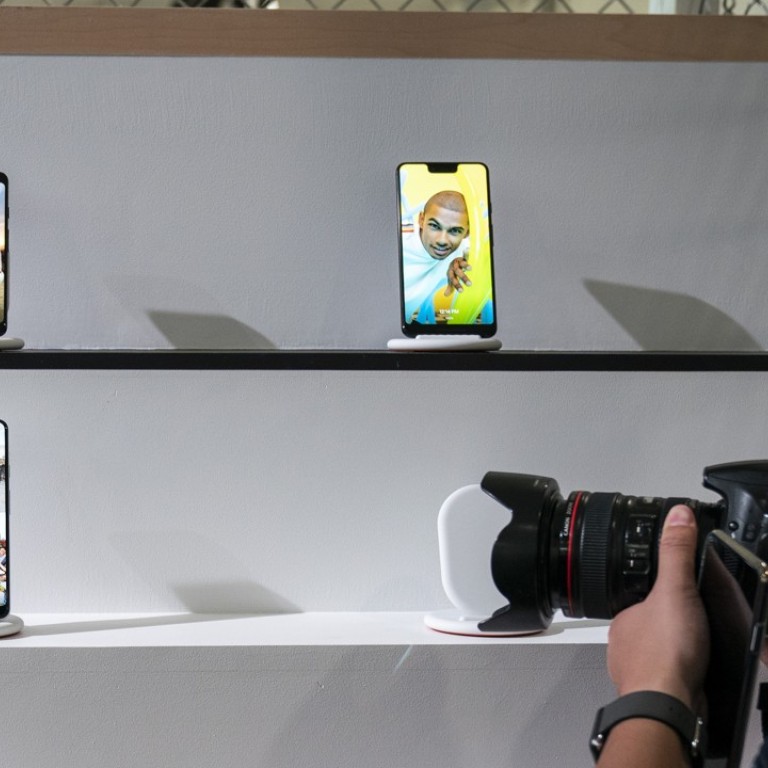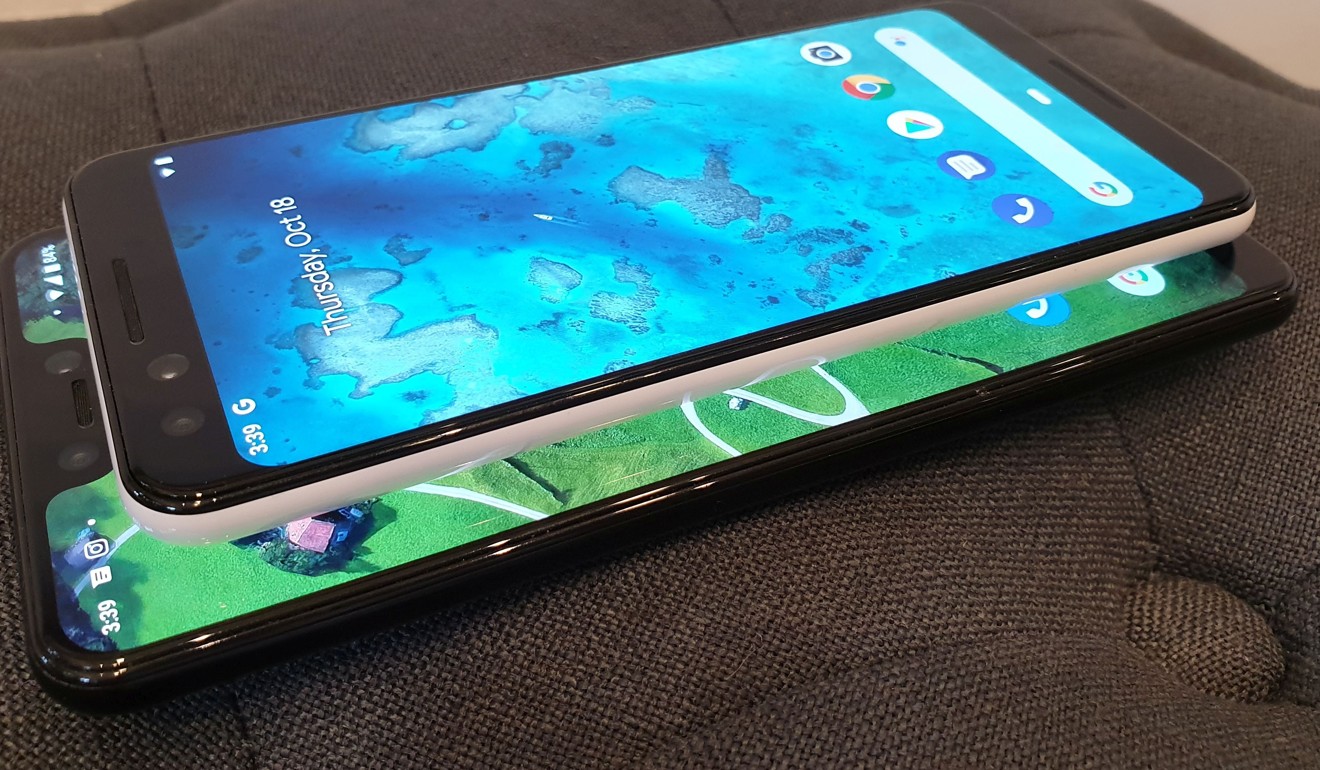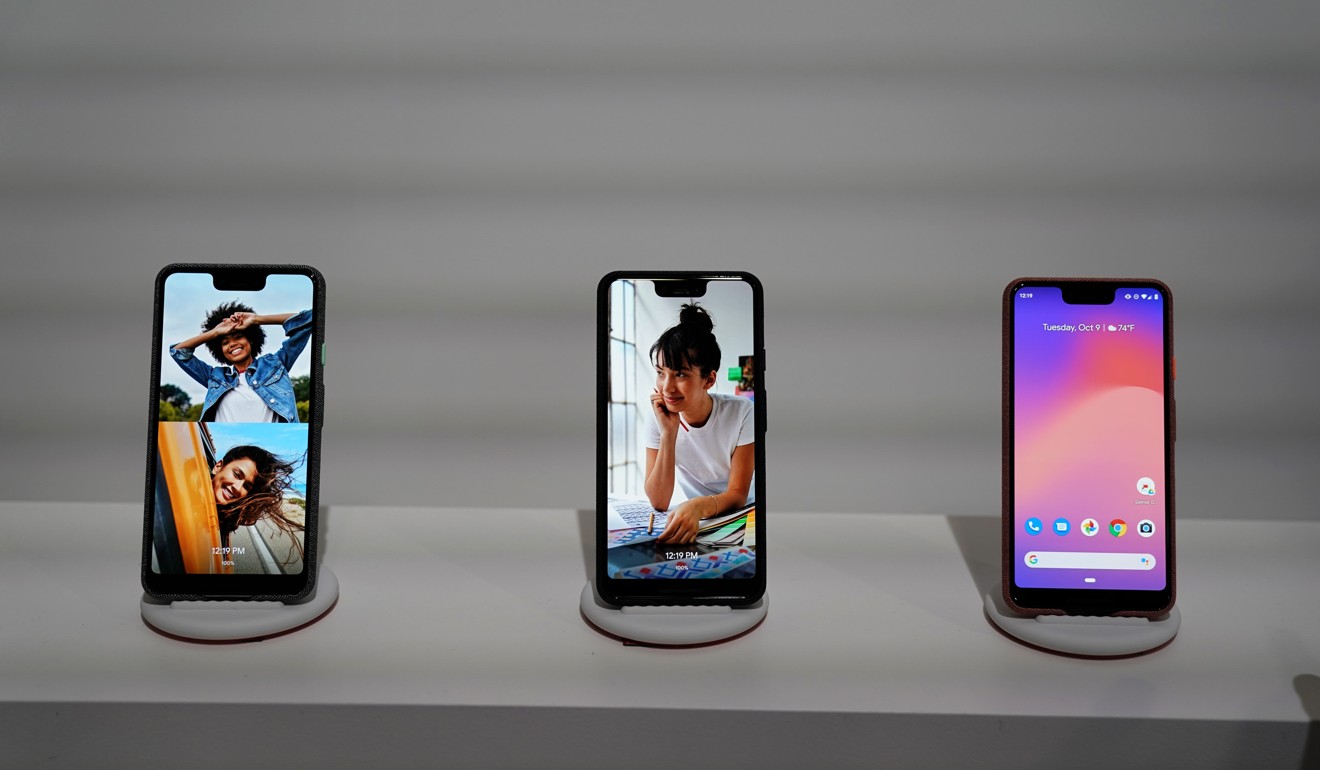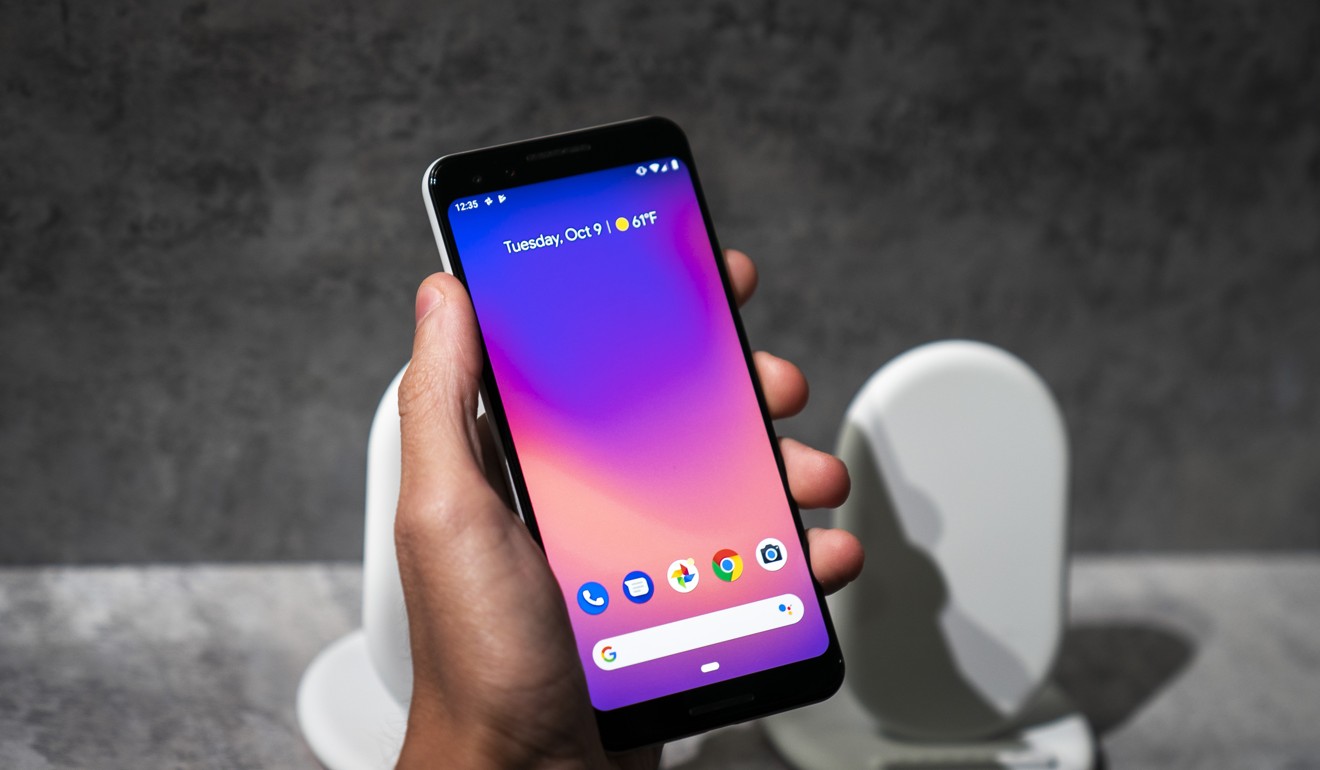
Google Pixel 3/Pixel 3 XL full review: wide-angle selfie camera, improved display, no dual-SIM support
Newest Android operating system, default HDR photo shooting, HDR video play and a fluid user experience are all pluses for new handsets, and wide-angle front camera impresses
Among new entrants to the highly competitive smartphone market this month are the Google Pixel 3 and larger Pixel 3 XL phablet.
Both handsets run on the latest Android operating system, Pie, and have excellent front and rear cameras, but lack dual-SIM support and have just one camera sensor on the rear when rival Huawei’s Mate 20 phones, also launched this week, have three.
Design and hardware
The first reaction upon picking up the Pixel 3 is to note just how similar it looks to last year’s Pixel 2. The dual front camera sensors are an immediate giveaway. In the case of the Pixel 3 XL, so too is the deep notch (that black cut-out at the top of the edge-to-edge screen first seen on the Apple iPhone X).
It quickly becomes apparent that Google has retained the features of the Pixel 2 that worked, such as front-facing stereo speakers and the buttons along the handset’s right side, and worked hard to address that handset’s weaknesses.
For a start, the display has been improved significantly. The Pixel 3 XL has a large 6.3-inch display, while the Pixel 3 has a 5.5-inch display. Both screens are vibrant and bright, with colours that pop at every angle. Google says the phones are certified as premium HDR devices – great for viewing YouTube HDR content on the go – and default to a new “Adaptive” setting that offers the vivid, yet natural colours most users will prefer.

There is much that has stayed the same, such as the placement of the single camera and fingerprint reader on the backs of the handsets. If you don’t typically use a phone case, Google has added a texture to make the phones’ backs less fingerprint-prone and more comfortable to hold than other glass-backed phones, a feature I can attest works.
The Pixel 3 is powered by a Qualcomm Snapdragon 945 processor, and has 4GB of RAM. Both models are offered in 64GB ROM and 128GB ROM variants. The Pixel 3 XL sports a 3,430mAh battery and the Pixel 3 a smaller, 2,915mAh one.
The Pixel 3 still doesn’t offer dual-SIM capability, and on-board storage isn’t upgradeable using a flash memory card. There is no headphone jack, but the phone does come with a pair of Pixel USB-C earbuds and a USB-C to 3.5mm adaptor.
Software and features
Google’s latest smartphone is powered by Android 9.0 Pie and sports an improved, gesture-based navigation system. The traditional three-button navigation control is pared down to two buttons and complemented with touch control gestures. These improve the Android experience, but take some getting used to.
Placing the Pixel 3 face down enables do-not-disturb mode, while squeezing the device launches Google Assistant. The Pixel 3 can be set to always listen in the background like Google Home, giving you hands-free interaction.

Unlike other handset makers that have increased the number of rear camera sensors to two and even three, Google has stuck to a single 12.2-megapixel sensor with image stabilisation, and thrown in multiple features designed to enhance the quality of the photos you take.
For instance, HDR is enabled by default, which captures up to 8 frames and merges them together for better photos. If you always end up with photos where someone is blinking or not everyone is smiling, the Top Shot mode takes multiple shots and uses machine learning to recommend the best one; it is usually spot on.
The notch on the Pixel 3 XL mentioned earlier is required to accommodate a second, wide-angle camera for group selfies. The Pixel 3 has this too (its cameras are in the top bezel), and I absolutely loved it. The wide-angle camera activates when you zoom out in selfie mode, allowing you to capture a larger area.

While this didn’t look like much initially, the Pixel handsets’ performance is worlds apart when compared with other high-end smartphones. Notably, the fish-eye warp of wide-angle photos is automatically corrected using software.
Back to the notch: it is deep, though not as wide as that of the Apple iPhone X. Apps that support (or accommodate) it, like Google Maps, will take up the entire screen but most apps do not utilise the notch area at all.
Performance and battery life
Despite having “only” 4GB of RAM, the user experience is incredibly fluid. Even after a week of use, I am hard-pressed to remember an instance where the phones stuttered or lagged. This may be due to the performance optimisations in Android 9.0, and to the new Pixel phones’ close integration with it. This is impressive when you consider that I tested my review unit with features such as Now Playing and Google Assistant always enabled.
Music playback through the speakers was crisp and loud but seems, on the Pixel 3 XL at least, to be noticeably louder at the bottom than the top. Upon closer examination, the speaker grille at the bottom is shorter than that at the top, because of the space taken up by the two front-facing cameras.

Pressing my finger over the grilles one after the other confirmed the disparity in volume. It certainly doesn’t detract from one’s enjoyment of music playback, however, and I suspect most users probably won’t notice it.
At a time when bigger smartphones have a battery capacity approaching or in excess of 4,000mAh, and smaller devices 3,000mAh, the Pixel 3 family’s battery capacity would appear desultory. Yet the battery size may reflect Google’s lack of interest in getting into a race over specifications and its focus on performance. I was able to get a full day’s usage, even with hours spent using the Creative SXFI Amp and streaming videos from YouTube.
Headphones will never be the same again: Creative SXFI Amp review
The Pixel 3 supports fast charging for when the battery is close to running out of power. Within 45 minutes, the Pixel 3 went from 10 per cent charge to 70 per cent, and it was fully charged in around one-and-a-half hours. Both new handsets support wireless charging, and Google helpfully sells the Pixel Stand, which offers unobtrusive charging at a respectable rate of up to 10 watts on the nightstand or your work desk.
Conclusion
Google has focused on usability over hardware specifications or half-baked capabilities in the Pixel 3 and Pixel 3 XL. With their enhancements and camera-friendly features, they are substantially better than the Pixel 2. Considering that it runs Android 9.0, the Pixel 3 offers one of the best Android experiences you can have.
Specifications
Dimensions: 158mm x 76.7mm x 7.9mm (Pixel 3 XL)/145.6mm x 68.2mm x 7.9mm
Weight: 184g/148g
Display: 6.3 inches/5.5 inches
Battery: 3,430 mAh/2,915 mAh
OS version reviewed: Android 9.0 (Pie)
Processor: Qualcomm Snapdragon 845 (Adreno 630)
Cameras: back 12.2MP (f/1.8), front 8MP (f/1.8) + 8MP (f/2.2)
Memory: 64GB or 128GB ROM storage. 4GB RAM
Colours: white, black, pink
Price: Google Pixel 3 64GB HK$6,683/128GB HK$7,518; Google Pixel 3 XL 64GB HK$7,508; 128GB HK$8,343. Prices from iprice.hk

